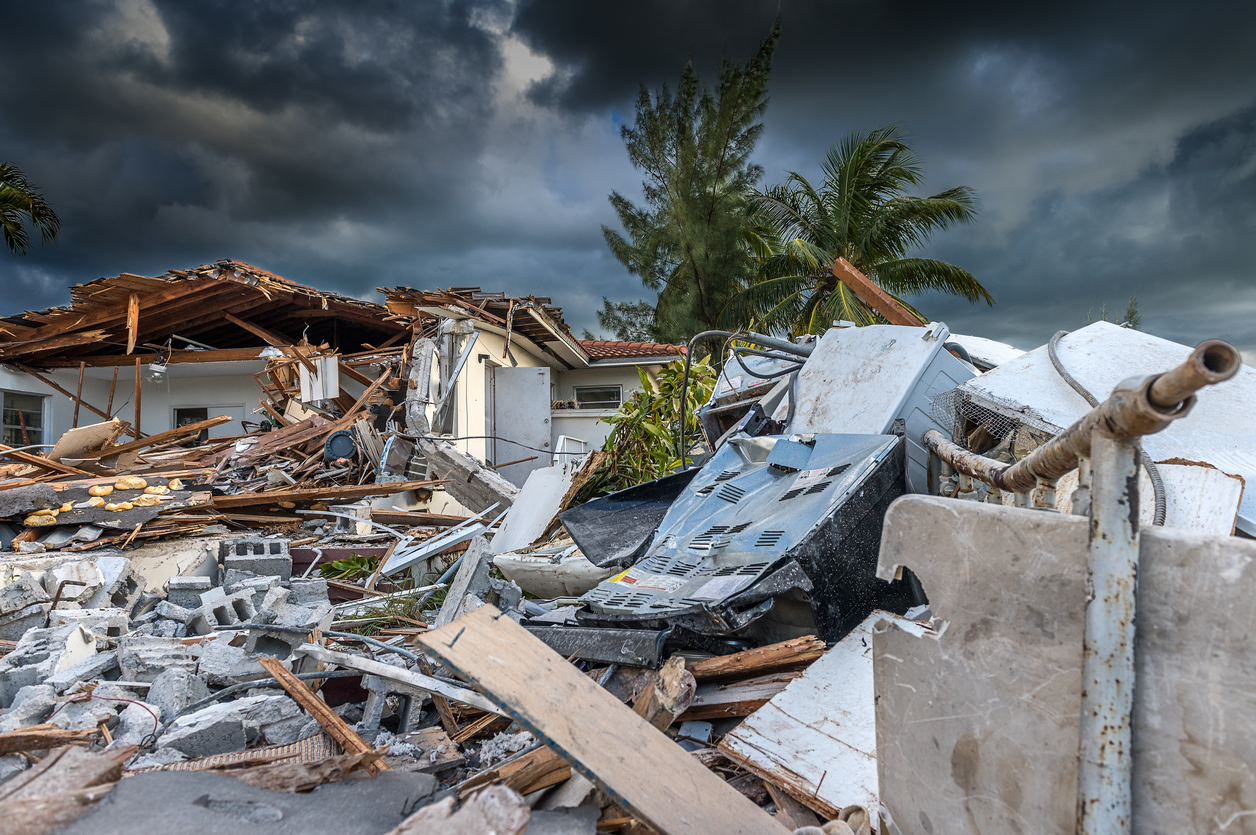Buckeye Technologies Inc., is a leading manufacturer and marketer of specialty fibers and nonwoven materials. Its goods are sold worldwide to makers of consumer and industrial goods. The publicly traded company is headquartered in Memphis, Tennessee, and operates several manufacturing facilities throughout the United States, Germany, and Canada. On Friday, February 17, 2012, Buckeye was forced to shut down its Foley Plant in Perry, Florida, following a malfunction in a high voltage electrical line and subsequent transformer failure in its power house.
Buckeye’s Florida plant manufactures specialty wood cellulose (used to improve the viscosity of low fat products and make LCD screens clearer and stronger) and fluff pulp (used to make diapers and feminine products). Specialty cellulose generally commands higher prices and its market demand is less cyclical than commodity cellulose. Buckeye’s focus on specialty cellulose markets has enabled it to maintain positive cash flows even during cyclical downturns in the commodity cellulose markets. Its Florida plant was operating at a “sold out” market position. The power failure shut down the plant’s two production lines, but the company managed to resume operations of one line two days after the outage. The second line was expected to resume operations by February 22, 2012, five days after the outage.
According to a recent post in Businesswire, the company believes that its current inventory levels are adequate to cover the production losses in the near term, but depending on the timing of full resumption of operations, the company estimates the financial impact of the outage could be in the range of a $5 to $6 million reduction in pretax operating income, most of which would impact the quarter ending on March 31, 2012.
Buckeye reported that it has property and business interruption insurance with a single $2 million deductible and believes, based on discussions with its insurance broker, that this is a covered loss.
It appears the power failure occurred at the plant’s own power house, which should fend off the “service utility failure” exclusion contained in most commercial coverage forms. However, some power company transmission lines and transformers may actually be located on the insured premises. If that type of supply equipment fails and causes a service interruption, which causes a loss, the exclusion may be triggered even though the failed equipment is located on the insured premises.
High voltage electrical line outages (whether on or off premises) are sometimes the subject of complex coverage disputes. In The Importance of "Service Interruption" Coverage: A Chicken Story – Understanding Business Interruption Claims, Part 32 , I presented a case study of a power outage that caused a chicken farm to lose millions of dollars for not having a Service Interruption Endorsement that could have covered the loss. Conversely, in A Power Outage Saga Comes to an End – Understanding Business Interruption Claims, Part 61, a court found that physical damage caused by an electrical grid failure was covered under the “loss of functionality” doctrine.
It is always important for manufacturing operations to understand the power supply system to establish adequate power back-up structures and to adequately insure a costly power failure.



